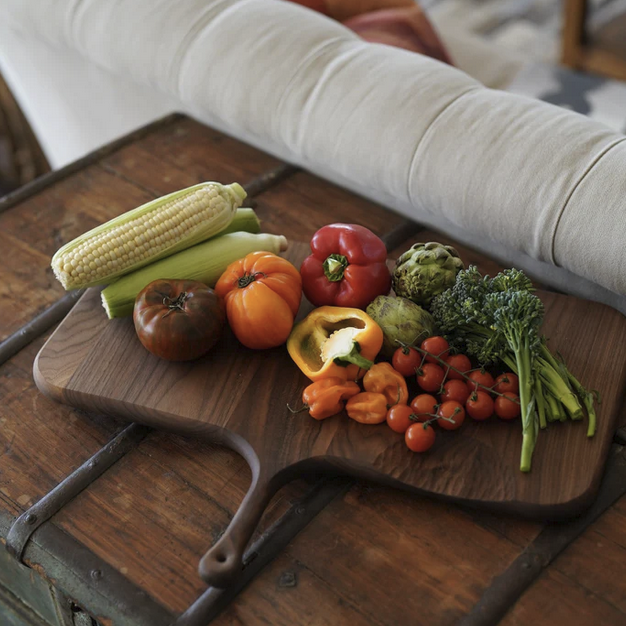Home Entertaining, Lifestyle
Flowers for Home Décor – How to keep Hydrangeas fresher longer
A popular ornamental plant is our favorite home flower decoration – hydrangea!
The name “hydrangea” may or may not ring any bells. But if ornamental horticulture happens to be your “thing” or if you have ever seen the plant and its distinctive bloom, you might ask, “What’s that flower?”
You may see hydrangeas at florists, but it’s also just as likely this favorite ornamental plant already lives somewhere in your garden. It’s a favorite of landscapers and garden hobbyists because they are hardy plants, the blooms are huge and last a long time, and it has a long flowering season (from early spring to late autumn). The best part is that the cut flowers look fantastic in a vase in just about any home.
My mother had hydrangeas in the front and backyard. I’d cut the blooms and stick them into vases. We were surprised by how long they lasted. Plus, the color (white, blue, purple, lavender, violet, red or even green!) and size of the flower can really help add a fabulous spring/summer touch to your indoor décor. Interestingly it’s the acidity of the soil that is responsible for the color. Here’s a link to my video, you’ll see what I mean.
A bit of history, the Japanese are thought to be first to domesticate a wild variation of the plant found in Asia. Archeologists have found hydrangea fossils dating back 40 million years – pretty much all over the world. One story I read says that sometime in the mid-18th century, a European botanist brought back a North American variation of the plant to Europe and it instantly became a landscaping favorite.
A small warning – even the most common varieties of the plant have low levels of cyanide in the leaves – so don’t eat them. Only one varietal grown in Japan, called hydrangea serrata, is used in brewing a sweet tea for an annual cleansing ritual practiced by some Buddhists. They claim that the tea can help alleviate autoimmune disorders, malaria, and kidney stones. Native Americans have been documented using the root of the plant as a diuretic. In some cultures, the bark of mature hydrangea bushes is used in a concoction that dulls muscle pain.
But, in our culture, we love them because they are so beautiful. And after years of experimenting, I have some cool tips to pass along for keeping this gorgeous flower alive in your home for a long time.
If you happen to have a Hydrangea bush, it’s best when you cut the blooms in the morning by 7 am – or right after sunrise. Pick the ones that are fully open. Also – this is important – place the stems directly into a bucket of water while picking. Don’t let them sit long without water. They’ll dry out very quickly, and they won’t last long in a vase.
When you’re ready to put the stems into a vase, re-cut the ends at a sharp angle with a very sharp knife (very important). If you can manage it, cut both sides of the stems – like a “V” shape – to increase water intake.
After a few days, they may start to wilt. Don’t toss them! Just re-cut the stems and submerge them (blossoms and all – I know this sounds crazy) in a large container of cold water! Let them sit fully immersed in the water for several hours until they rehydrate entirely. Depending on how long they have been drying out, you may need to leave them overnight. Hydrangea are the only flowers that absorb moisture from their blooms as well as their stems. This is why it’s important to have them fully submerged in water – they will float to the surface and that’s OK.
When the blooms are perfectly restored, cut the stems again and arrange them in your vase as though they were fresh cut!
I’ve extended the life of my hydrangeas for weeks using this method. Just keep dunking them and bringing them back to life.
Enjoy.
























